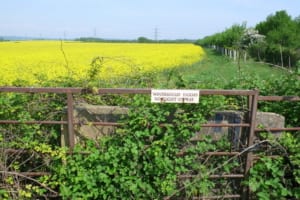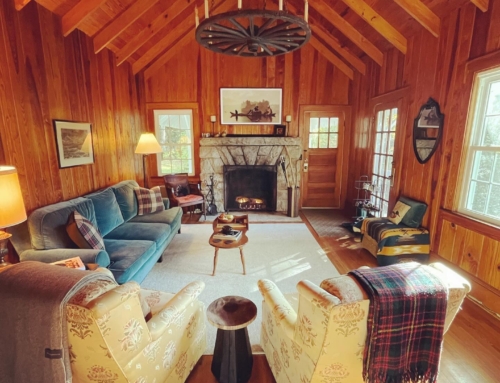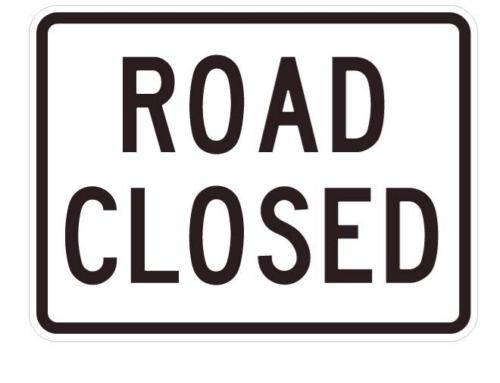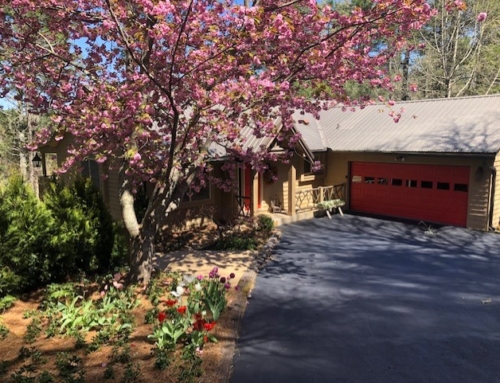When buying and selling real estate, you need to verify certain things about the property before the transaction has been completed. Look at the deed of property you’re considering, and it doesn’t hurt to look at the deed of property you’re selling to refresh your memory. A right of way or easement can mean a lot of different things to buyers and sellers, and could influence a buyer’s decision.
EASEMENTS- There are at least two kinds: 1) GROSS EASEMENTS allow you to use the land without ownership, and the easement belongs to the homeowner needing the easement (not the property owner.) This easement will pass to the next property owner, but the limitations of the easement is usually controlled by the property owner and can change. 2) APPURTENANT EASEMENT joins land together and transfers with the property the easement is on when the property is conveyed. One property is called a servient property while the other is the dominant property. It’s not rocket science to figure out if you are the owner of the servient property, your land use is determined by the dominant property.

RIGHT OF WAY – This allows another to pass through your property. Anyone can pass through your land via a right of way, and it’s considered a public right of way.
The effects of these two encumbrances could determine your use of the property.

What can you do? There are several things you can do. Ask your Realtor for help first, but go ahead and do some digging on your own. First of all, whether you’re buying or selling, it’s a good thing to get a SURVEY, or if there is an existing survey, have it updated. Just because the seller said there have been no changes to the property since they’ve owned it, the surrounding properties could have made changes unknown to the seller. We’ve seen decks that have had to be partially removed because half of it was on a neighboring property, a few feet of the edge of an addition to a home had to be cut back, gazebos torn down, fences moved, etc.
Another thing you can do is go to the county website and look up the deed of the property. There’s a lot of boilerplate language used like: Together with the improvements thereon, and the rights, privileges, and appurtenances, belonging thereto, (it may go on to include known easements, etc. But wait, there’s more!) Subject however to enforceable (a) covenants, restrictions and easements of record, (b) easements for roads or utilities shown on property plat, (c) easements for public or private road or utilities, rights of way not of record, (d) zoning restrictions or other regulations imposed by government authorities (e) liens for real estate taxes not yet due and payable. (There could be more). Did you catch that part in (c) not of record? That’s right, a recorded deed is a wonderful thing, but it can’t encompass everything, that’s what attorneys are for, more on that later.
While we’re talking about rights of way, it’s a good time to bring up fences. In the Robert Frost poem, Mending Wall, the neighbor stated “Good fences make good neighbors”, but the poet wondered further “Before I built a wall I’d ask to know, what I was walling in or walling out, and to whom I was like to give offence.” Wouldn’t it be great if we all pondered those questions before building? According to NOLO.com, NC doesn’t have a specific law regarding boundary fences, but there IS usually a local town ordinance or zoning restriction. Always check with local authorities before going to the expense of constructing a fence or wall, or even adding a driveway.

Now, that promise to say something about attorneys. I’m not one. What I’ve typed here is information gleaned from different internet sources and my own imaginative mind. My words will not help you in a court of law, trust me on that one. Please seek professional legal advice concerning right of way disputes, survey disputes, boundary disputes, just about any dispute for that matter.
Remember, a little kindness goes a long way. It’s easy to get riled up when you think you’ve been taken advantage of by a neighbor or municipality. There’s a way to stand your ground without becoming a doormat. In the olden days, before so many rules and regulations were involved, consider this local history note, circa 1930’s: There was a man on Billy Cabin Road who was building a fence. When the neighbor asked “Why are you putting this fence a foot over on your side of the property?” The man replied, “What’s a foot between friends.”
It’s always good to be a GOOD neighbor

Jeannie and Tucker Chambers are Broker/owners of Chambers Realty & Vacation Rentals at 401 N. Fifth Street, Highlands and are ready to help you with any of your property decisions. Stop by, email [email protected] or go to our website: Highlandsiscalling.com




